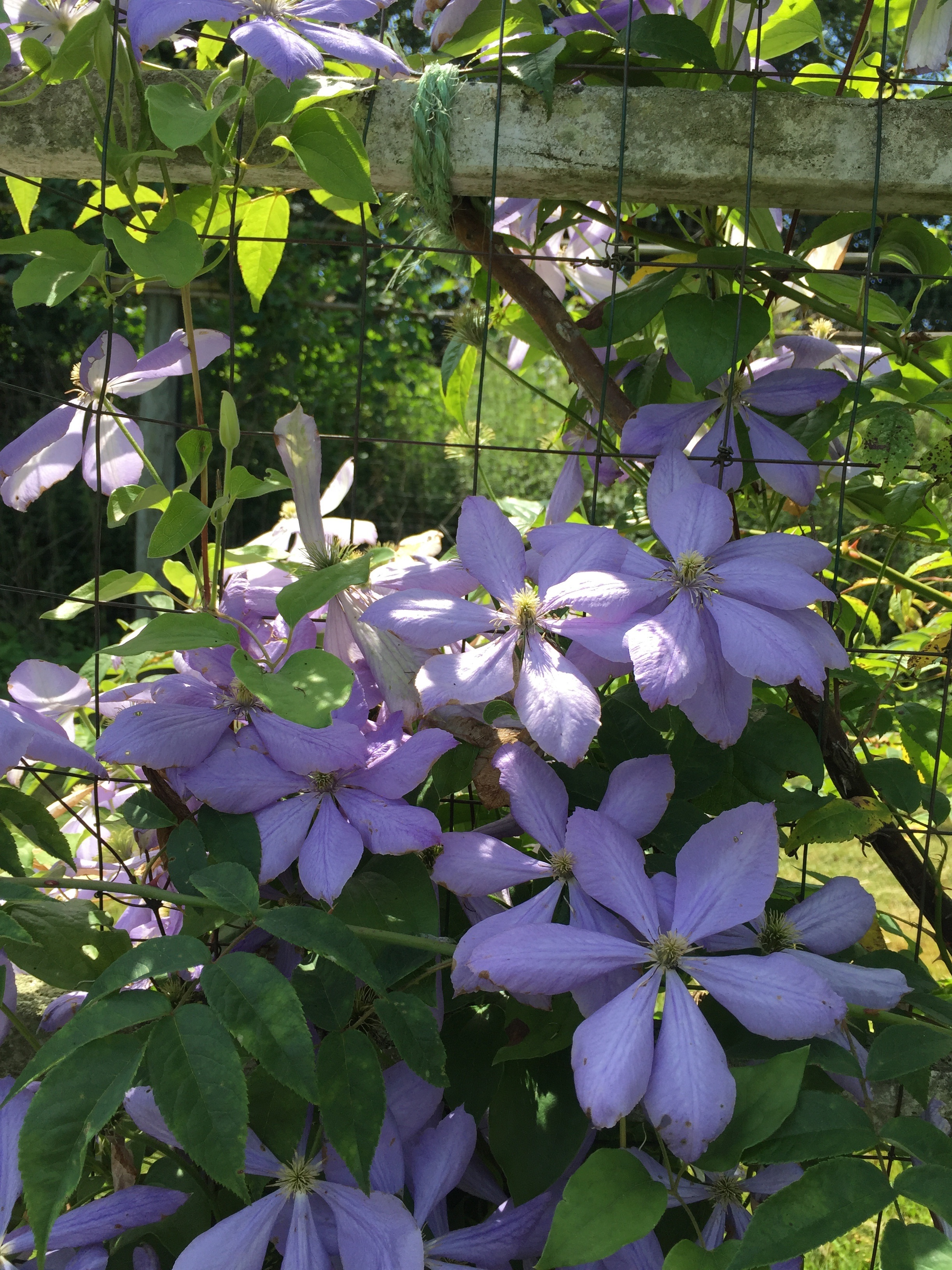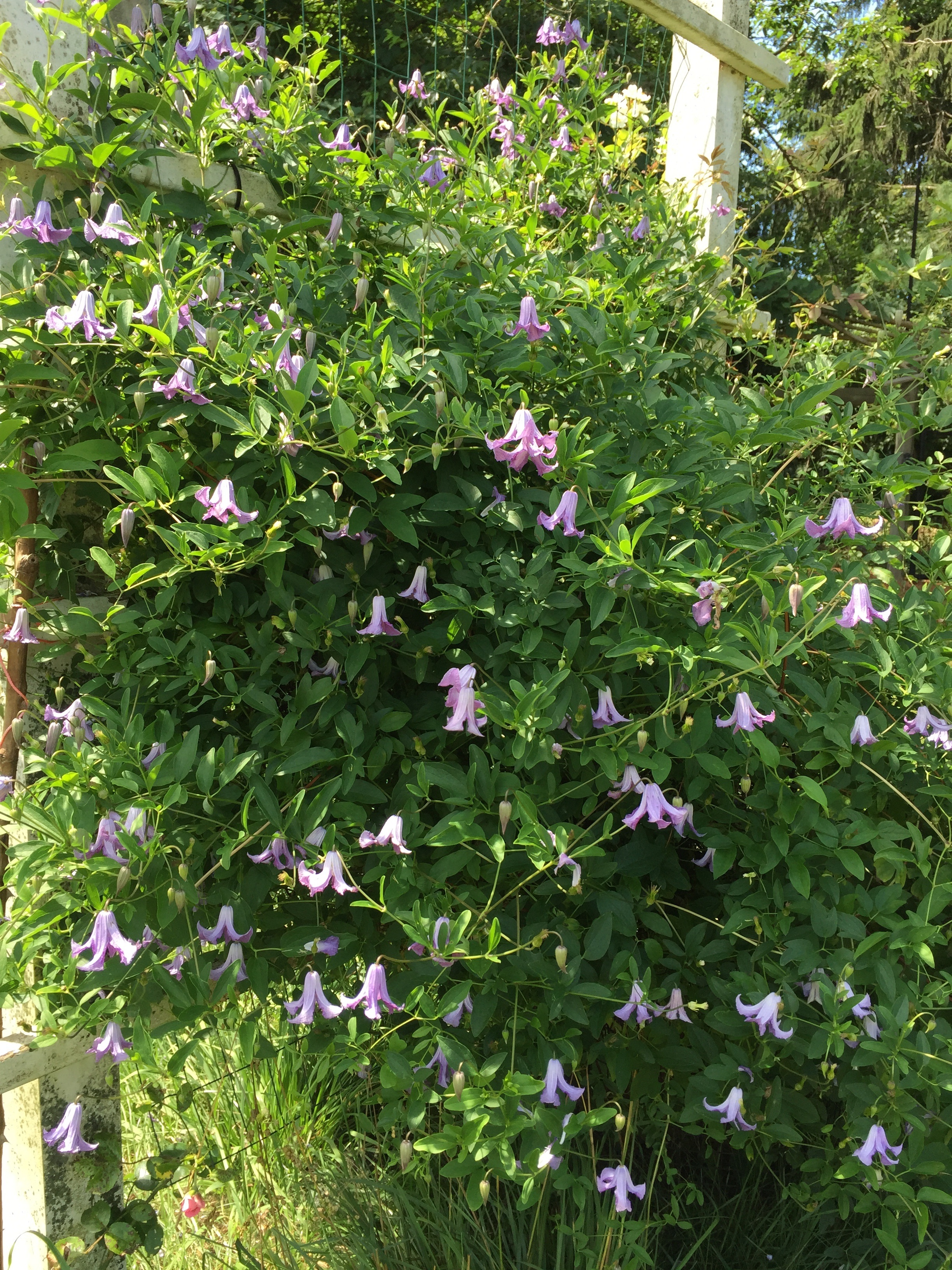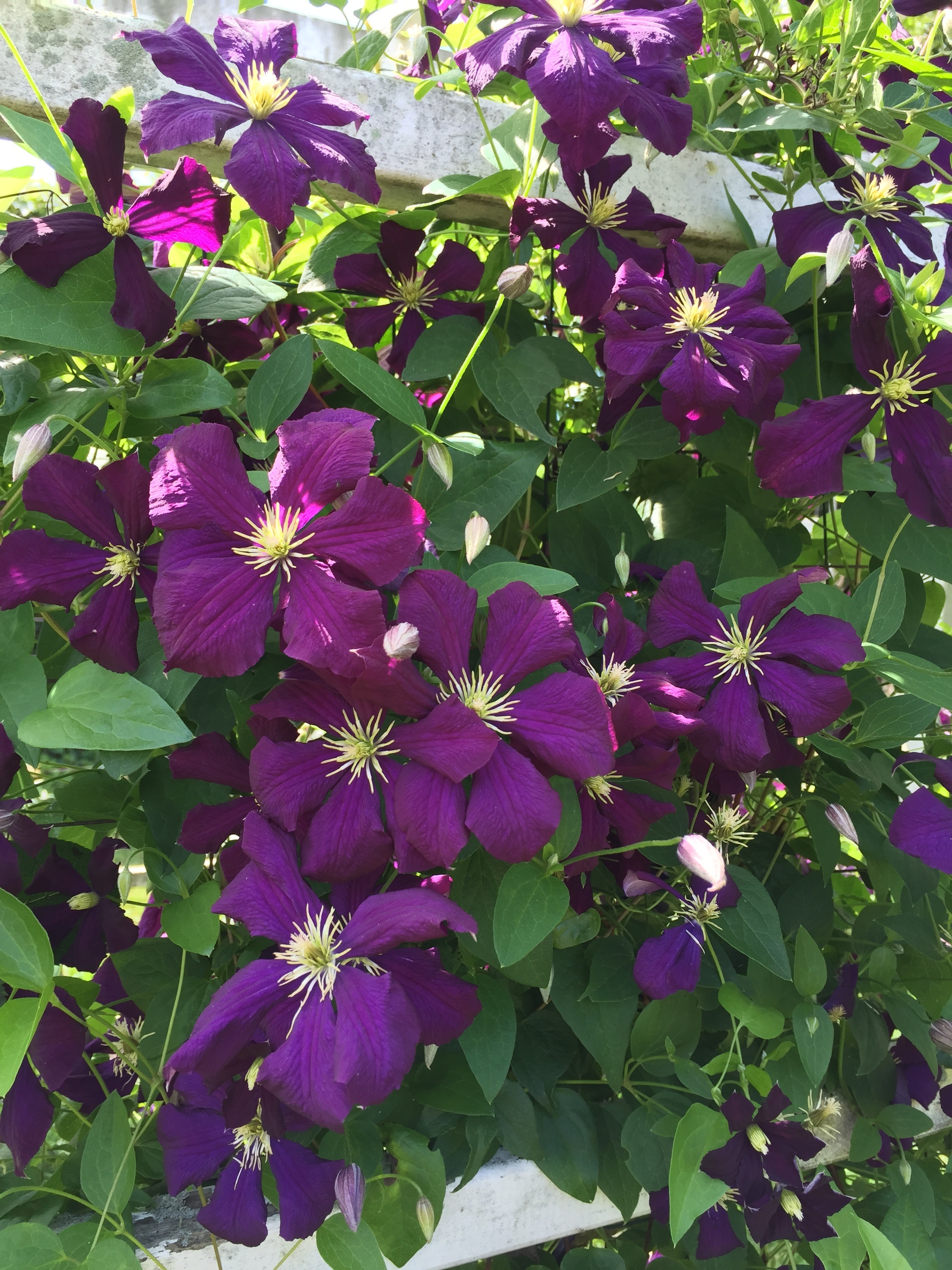Blog
A Note From Rick | Summer’s Heat Brings Challenges to the Gardener. How are You Handling It?
By Rick Bogusch
Gardening tips from Bridge Gardens.
With the heat and humidity from the last few weeks, one feels less inclined to keep up with important garden maintenance. Unfortunately, pests and disease can take control of the garden while we seek shelter in air conditioned spaces. I urge you to get out early to weed, prune and properly dispose of dead, dying or diseased foliage, and keep up with watering. Providing your plants with the regular care they need means they’ll be less stressed and reward you with showier blooms, larger vegetables and fruits, and lush foliage. I’m grateful for my team of dedicated volunteers who give time and energy to keep Bridge Gardens looking its best! This includes Carol A. (pictured above), Susan E., Heidi R., Bobby C., Joe L., Barbara B. and our hardworking summer intern Helen. Thank you!
Speaking of showy blooms, you may have missed these gorgeous clematis. They can be found embracing the trellis near the rose garden. Native to many areas including both North and South America as well as Europe, they are a popular summer-flowering herbaceous perennial. The first, pictured left, is called Clematis viticella Etoile Violette and features delicate yellow centers. Our trellis is the perfect location for clematis as they enjoy full sun to maximize their blooms while also having their roots in shade.



Clematis viticella Betty Corning is quite attractive with its delicate bell-shaped lavender flowers. Unlike other clematis that you may be familiar with, this one has blossoms that face downward, with a trumpet-like appearance. Fun Fact: Betty Corning was discovered growing in Albany, NY in 1932!
Nearly all clematis grow best when supported by some kind of structure like a trellis or lattice — or even a nearby woody plant. Pruning is also very important: in fact, they are grouped by pruning method as some bloom on old wood, some on new wood and others on both old and new. Knowing when to prune them will ensure blossoms and vigor every season. If you’re not sure, ask me about your variety and I may be able to help you.
The third species at Bridge Gardens is called Mrs. Cholmondeley (pronounced “Chumley”) and features large, showy lavender blossoms. I’ve always enjoyed these larger —almost 7 inches across — lavender blossoms, and as with the others, it is a deciduous perennial vine. Interestingly, this one can be grown in a patio pot with support. All three of these plants are magnets for pollinators, including hummingbirds. If you visit the gardens and sit on the bench near the trellis, you will likely have the chance to witness them visiting in search of nectar. With over 250 species of clematis, choose a few for a place in your garden.
All three of these beauties are in full bloom right now — be sure to stop by to enjoy them while in their prime.
It’s Vegetable Season - What Are You Harvesting?
The edible landscape at Bridge Gardens is producing everything from artichokes, eggplants and beets to green beans, sugar snap peas, zucchini, summer squash, and yellow and red raspberries. With such a prolific harvest, we donate weekly to the Sag Harbor Food Pantry, and also use produce from the garden in programs and receptions.
Our edible landscape also features the four quadrant herb garden, now in full swing. We’ve enjoyed hosting several garden clubs recently, including the Long Island Herb Society, the Southold Garden Club, and the Nathan Hale Garden Club. Many groups are attracted to our large herb garden, especially the culinary section. Each year I add new herbs — both annual and perennial. I recommend Mrs. Burns lemon basil which works well with summer salads, fish, and partnered with tomatoes. Dill, lovage, sage, oregano, rosemary and thyme also are reliable herbs for you to try — or go with something different like bronze fennel or Vietnamese coriander.
![block.image[0].title](/assets/images/DSC00336.JPG)

